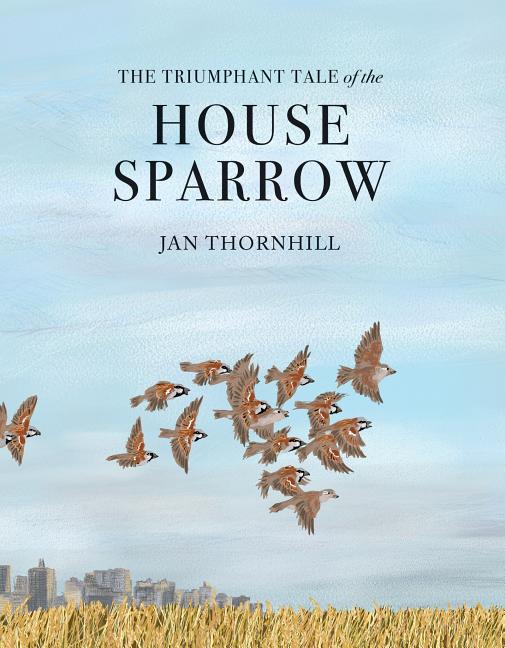Book Description
for The Triumphant Tale of the House Sparrow by Jan Thornhill
From Cooperative Children's Book Center (CCBC)
Beginning about 12,000 years ago, house sparrows in the Middle East stopped migrating and started nesting near humans, who had begun to grow grain. As agriculture spread into other countries and continents and people immigrated to the United States, the ever-adaptable and prolific house sparrow followed, often quickly becoming a pest. People in many countries, in fact, have made creative and largely futile attempts to rid themselves of the troublesome birds. Within the last century, however, changes in housing (no more thatched roofs), transportation (no more grain-filled horse manure on streets), and farming (introduction of herbicides and pesticides) have caused a decline in the house sparrow population throughout the world. Scientists now believe house sparrows can provide us with information about pollutants or other dangers: If such an adaptable animal is dying, could humans also be in harm’s way? Readers will look at sparrows with new eyes after taking in this absorbing and, yes, triumphant account. (Ages 8–12)
CCBC Choices 2019. © Cooperative Children's Book Center, Univ. of Wisconsin - Madison, 2019. Used with permission.


